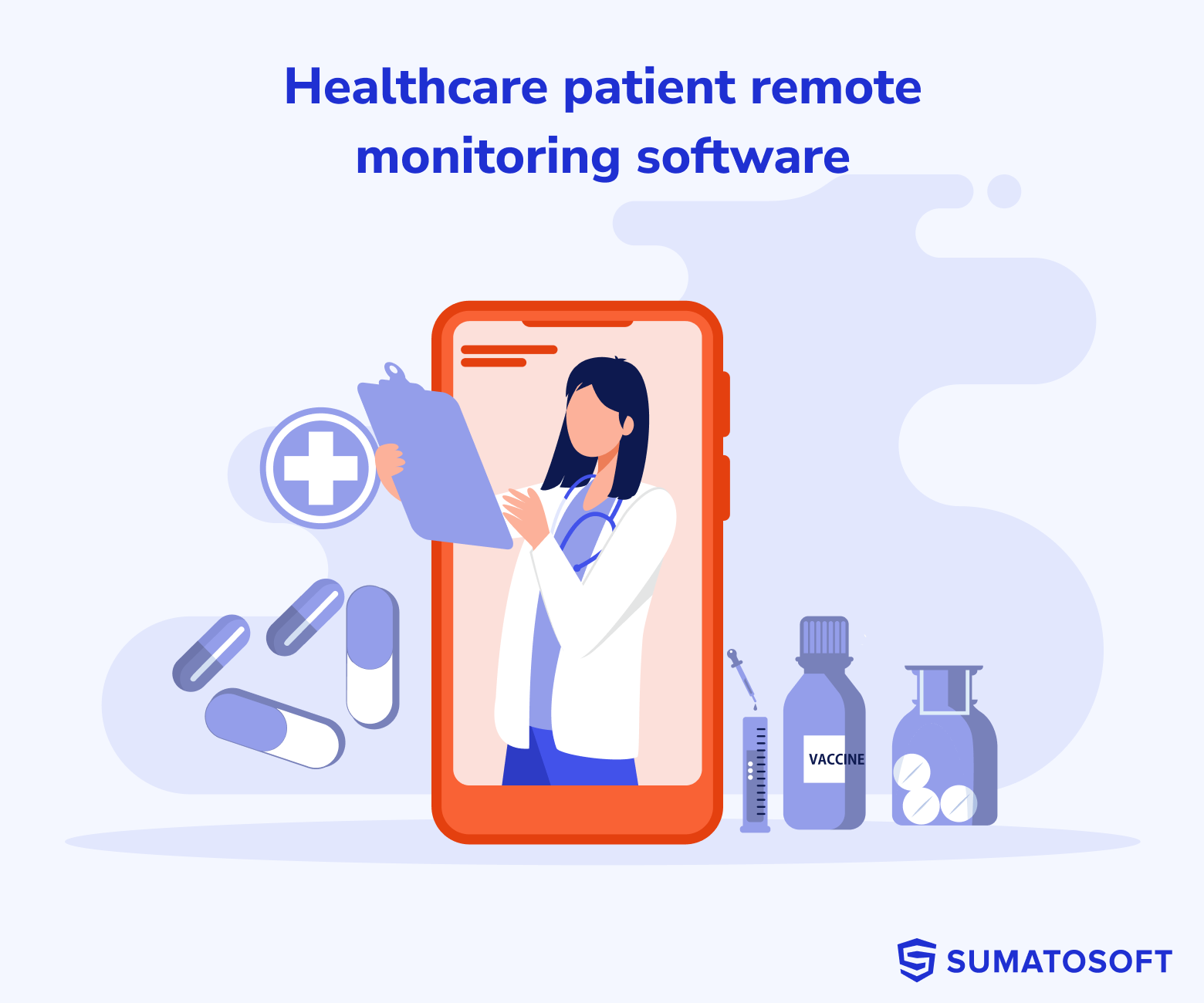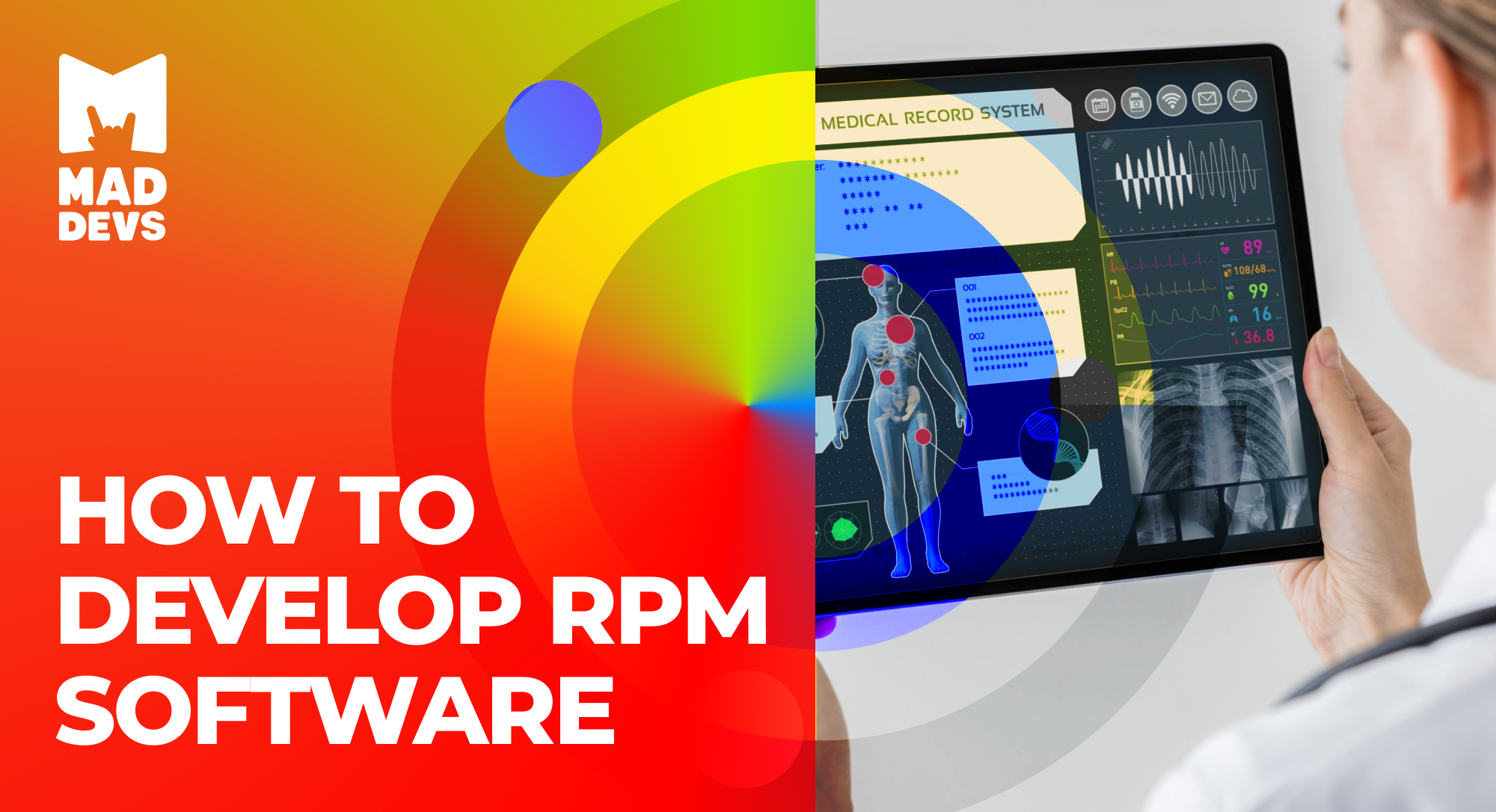Cutting-Edge RPM Software: Boost Patient End Results with Modern Technology
Cutting-Edge RPM Software: Boost Patient End Results with Modern Technology
Blog Article
The Future of Health Care: Remote Patient Monitoring Streamlined
As medical care proceeds to advance, one area that holds immense assurance is remote person tracking. With an emphasis on enhancing person results and improving healthcare distribution, remote monitoring is positioned to change the market.
Advantages of Remote Individual Surveillance
Remote client monitoring offers a wide variety of advantages for both healthcare carriers and patients alike. One considerable benefit is the capacity to continually keep an eye on individuals' important indicators and health information remotely. This real-time tracking allows doctor to find any kind of worrying trends or changes quickly, leading to early treatments and potentially preventing medical emergencies. In addition, remote individual surveillance improves the overall top quality of care by giving a more extensive and alternative view of clients' health condition beyond typical in-person check outs.
Moreover, remote client tracking can lead to better individual end results and satisfaction. Individuals can appreciate the convenience of receiving care in the comfort of their own homes while still knowing that their wellness is being closely checked. This can result in boosted person interaction and adherence to therapy strategies, ultimately bring about much better health and wellness results. Moreover, remote monitoring can reduce the requirement for constant medical facility sees, reducing healthcare prices for both companies and individuals. On the whole, the benefits of remote patient tracking are clear, making it a beneficial device in modern-day health care shipment.
Technology Driving Remote Surveillance
In the realm of modern-day health care, technical improvements play an essential duty in driving the evolution and effectiveness of remote person surveillance. The combination of cutting-edge technologies such as wearable gadgets, mobile applications, and cloud-based platforms has actually reinvented the means doctor from another location check and handle patient health and wellness - software for remote patient monitoring. These innovations allow continual real-time tracking of important indications, medication adherence, and various other essential health and wellness data, permitting timely interventions and individualized care plans
One trick innovation driving remote tracking is the Net of Points (IoT), which enables seamless connection in between clinical tools and health care systems. IoT devices such as smartwatches and cordless sensors gather and transfer individual data to central systems, assisting in remote monitoring from anywhere in the world. Expert system (AI) and artificial intelligence formulas further improve remote tracking by evaluating vast amounts of individual data to identify patterns, forecast wellness trends, and alert doctor to prospective concerns.
Effect on Health Care Delivery
With the integration of sophisticated modern technologies driving remote patient monitoring, the effect on health care delivery is becoming progressively profound and transformative. Remote client tracking permits medical care suppliers to provide more proactive and customized like patients, bring about improved health results and lowered healthcare facility admissions. By remotely tracking crucial indicators, symptoms, and medicine adherence, healthcare experts can intervene early, preventing problems and boosting the general high quality of care.
Additionally, remote monitoring improves accessibility to healthcare services, particularly for people in underserved or rural areas. Clients can obtain continual monitoring and support from their homes, eliminating the demand for frequent in-person check outs. This not only saves time and reduces expenses for both individuals and medical care centers yet likewise minimizes the danger of exposure to transmittable conditions, an essential consideration in the existing healthcare landscape.
In addition, remote person monitoring makes it possible for health care carriers to better assign sources and focus on care based on resource real-time information. By recognizing high-risk individuals and intervening promptly, healthcare shipment ends up being a lot more efficient and effective, ultimately bring about a much more sustainable and patient-centered healthcare system.
Improving Individual Results

Moreover, RPM permits aggressive monitoring of persistent problems, reducing the chance of severe worsenings and healthcare facility readmissions. Clients benefit from raised ease and convenience, as they can get treatment in their very own homes while staying connected to their healthcare providers. This continual surveillance not just enhances client contentment however likewise cultivates get more a sense of empowerment and interaction in their very own health and wellness monitoring.
Future Trends in Remote Tracking
Welcoming sophisticated modern technologies in remote person surveillance is forming the future landscape of health care delivery. The future trends in remote tracking are anticipated to revolutionize the way healthcare is supplied, making it extra reliable and patient-centric. One substantial trend is the increased use wearable devices and sensing units to accumulate real-time information, allowing doctor to check people continuously without the demand for frequent in-person brows through. These devices can track vital indications, medication adherence, and activity degrees, supplying a thorough view of the individual's health status.

Additionally, telehealth systems are ending up being much more sophisticated, permitting virtual examinations, remote medical diagnosis, and remote individual checking done in one integrated system (software for remote patient monitoring). This all natural approach to remote monitoring is improving health care delivery, improving person satisfaction, and eventually, improving general top quality of treatment
Final Thought
Finally, remote person tracking provides numerous advantages in medical care delivery, driven by improvements in innovation. It has the potential to boost individual outcomes and change the means healthcare is provided. Future trends in remote monitoring will certainly remain to form the landscape of health care, supplying possibilities for even more personalized and reliable person care.
Remote patient surveillance presents a plethora of advantages for both healthcare providers and clients alike. Additionally, remote patient tracking enhances the overall see here now quality of treatment by giving a much more alternative and thorough view of people' wellness condition past traditional in-person gos to.
Furthermore, remote patient surveillance can lead to better individual outcomes and complete satisfaction. Remote individual tracking permits health care suppliers to supply even more positive and tailored care to patients, leading to improved wellness results and decreased medical facility admissions. Remote patient monitoring (RPM) plays a substantial function in improving individual end results by supplying constant, real-time data that makes it possible for medical care providers to step in promptly and readjust therapy strategies as needed.
Report this page